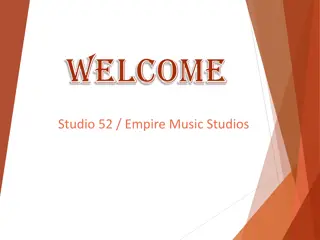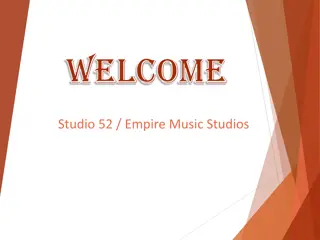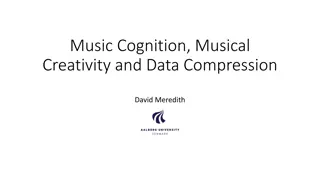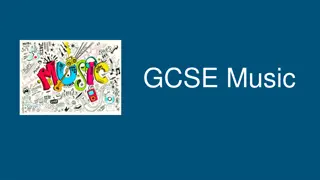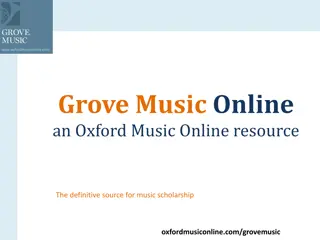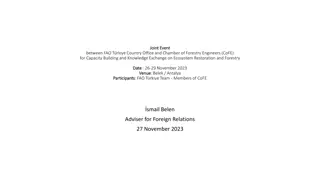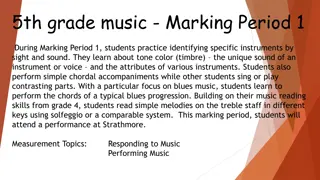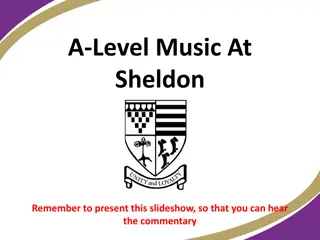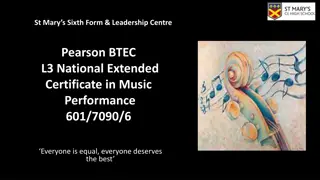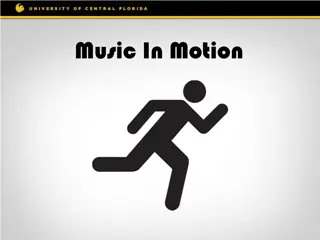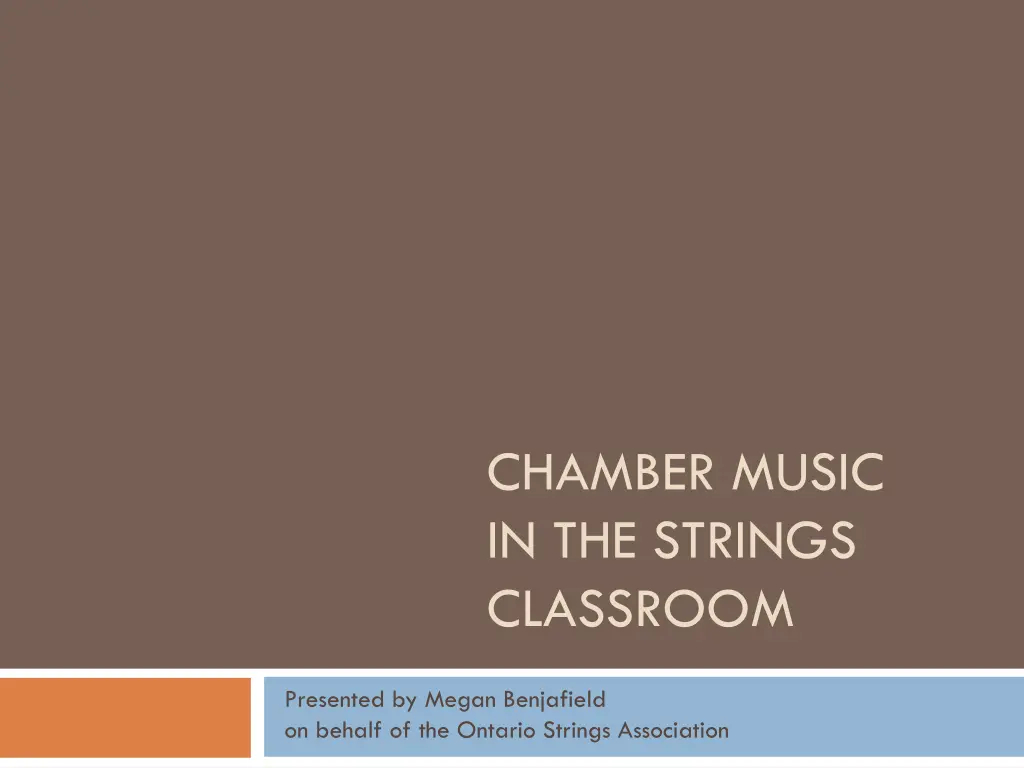
Unlocking the Benefits of Chamber Music in Strings Education
Explore the significance of chamber music in the strings classroom, presented by Megan Benjafield on behalf of the Ontario Strings Association. Discover how chamber music enhances musical skill development, fosters community and team building, and promotes social and emotional skill development. Gain insights into logistics, rehearsal strategies, repertoire recommendations, and more for setting yourself up for success in chamber music education.
Download Presentation

Please find below an Image/Link to download the presentation.
The content on the website is provided AS IS for your information and personal use only. It may not be sold, licensed, or shared on other websites without obtaining consent from the author. If you encounter any issues during the download, it is possible that the publisher has removed the file from their server.
You are allowed to download the files provided on this website for personal or commercial use, subject to the condition that they are used lawfully. All files are the property of their respective owners.
The content on the website is provided AS IS for your information and personal use only. It may not be sold, licensed, or shared on other websites without obtaining consent from the author.
E N D
Presentation Transcript
CHAMBER MUSIC IN THE STRINGS CLASSROOM Presented by Megan Benjafield on behalf of the Ontario Strings Association
Why Chamber Music? Musical Skill Development Community and Team Building Social / emotional Skill Development
Musical Skills Development Ear Training / Intonation Playing autonomously in an ensemble Score reading Ensemble Skills: balance, blend, phrasing Non-verbal communication: cueing, following, watching
Community And Team Building Problem solving Communication skills Relationship building Compromise Self-awareness
Socio-emotional Skills Development Student Centric Learning Leadership Self-confidence Interpersonal Skills Autonomy Conflict Resolution Focus
SETTING YOURSELF UP FOR SUCCESS
Logistics Space Time Make up of ensembles / unbalanced instrumentation Choosing music
Introducing Chamber Music Group Work Discussions Approaches to Practicing Historical Purpose of Chamber Music
Non-Verbal Communication Whole class warm up games Mirror game Cue / counter cue Follow the leader Steal the lead
Rehearsal Strategies Multiple groups on same piece Doubling up: why and why not? Set a goal for the rehearsal No such thing as done
Repertoire Recommendations With our thanks to Long and McQuade, all of the recommended repertoire will be available in their industry booth during the conference.
Repertoire Recommendations Essential Musicianship Available in fundamental and intermediate levels. Compliments Essential Elements method books, but can be used as a stand alone. A, B and Cello / Bass parts. Published by Hal Leonard
Repertoire Recommendations Tunes for My String Quartet Compiled / arranged by Sheila M. Nelson Full of popular light classical piece Intermediate or advanced beginner Has violin 3 option Series of books also includes Quartet Club 1 and 2 Boosey and Hawkes
Repertoire Recommendations Music For _____ Series
Repertoire Recommendations The Belwin / Alfred Best of ______ series of string quartet books.
Repertoire Recommendations No Budget? Use past string orchestra charts, one per part.


